Contents
Yosemite National Park | Introduction
Yosemite National Park is located in Northern California and is one of the most popular national parks in the United States. It is also one of the most accessible natural attractions in California. The park’s stunning landscapes have been shaped by complex geological formations, ancient tectonic movements, and glacial erosion, giving us today’s breathtaking scenery of towering granite cliffs, rugged mountain ranges, and spectacular waterfalls. Whether it's the majestic waterfalls in spring and summer, the colorful autumn leaves, or the snow-covered winter scenes, each season in Yosemite has its unique charm.


Yosemite National Park | Transportation
Getting To Yosemite
Yosemite National Park is located in central California. For independent travelers, driving to Yosemite is the most convenient way to get there. If driving is not an option, it’s best to join a tour departing from San Francisco.
Yosemite Tours from San Francisco
The closest airport to Yosemite National Park is Fresno Yosemite International Airport (FAT), located about a 1.5-hour drive from the park. It is also reasonably convenient to drive from major cities like San Francisco (about 4 hours) or Los Angeles (about 6 hours), offering a scenic route through California’s natural landscapes. Alternatively, you can fly into San Francisco International Airport (SFO) or Los Angeles International Airport (LAX).
During the summer, the main entrances to the park include the southern Arch Rock Entrance, the western Big Oak Flat Entrance, and the southern Wawona Entrance. Entering from the west typically starts the trip in Yosemite Valley, while entering from the south passes through Mariposa Grove. In winter, Tioga Road and Glacier Point Road may be closed due to snow, so be sure to check road conditions before visiting during the colder months.
Transportation within the park
Yosemite Valley is the busiest area in the park. Free shuttle buses operate between attractions in Yosemite Valley, especially during the summer peak season. These shuttles run frequently and cover major sightseeing spots and trailheads, making them a great option for visitors who prefer not to deal with parking.
If you plan to drive in Yosemite Valley, note that it’s important to map out your stops to avoid wasting time. The roads near Yosemite Village are one-way, so if you miss a site, you may have to loop around to get back. For longer trips to areas like Tioga Road, it's best to drive yourself.
For travel to other areas, it is recommended to drive the whole way.
- Hotel search: Agoda
- Activities & tickets: KKday / Klook / TripAdvisor
- Travel credit cards (US only): My card picks + beginner tips
Yosemite National Park | Itinerary
One day Itinerary
If you're short on time, a one-day trip can focus on the Yosemite Valley area, offering a quick overview of the park’s highlights. Start your morning at Yosemite Falls, the tallest waterfall in North America, then visit other iconic viewpoints like Bridalveil Fall, El Capitan, and Mirror Lake Trail.
Three-Day Itinerary
If visiting in summer when Yosemite National Park is fully open, you can plan a three- to four-day itinerary to cover the park's major attractions. Here’s an example of a three-day itinerary entering from the west entrance:
Day 1: Glacier Point Area
On the first day, drive through the iconic Tunnel View, one of Yosemite’s most classic viewpoints that offers a panoramic view of the valley. Then, head to Glacier Point and Washburn Point for more stunning vistas. You can also hike the short Taft Point and Sentinel Dome trails. In the evening, drive along Tioga Road and camp overnight at the Tuolumne Meadows area, stopping at scenic spots like Valley View along the way.
Day 2: Tuolumne Meadow、Tioga Road
On the second day, explore Tuolumne Meadows and the natural landscapes along Tioga Road. Start your morning with hikes to Lembert Dome and Dog Lake, offering spectacular mountain views and serene lakes. Afterward, take the historic Soda Springs Trail. In the afternoon, head to Tenaya Lake and Olmsted Point, both great spots for rest and photos. Return to Yosemite Valley for the night, where you can enjoy a peaceful evening under the starry sky.
Day 3:Yosemite Valley day tour
On the third day, focus on Yosemite Valley’s classic attractions, similar to the one-day itinerary.
Yosemite National Park | Accomodations
Lodging in the Park
The most convenient places for accommodation and dining in Yosemite are located in Yosemite Valley. Staying within the park saves you the daily drive in and out, and allows you to enjoy less crowded sights in the early morning or evening. If your budget allows, it’s recommended to book lodging in the park early, as rooms are highly sought after.
There are three main lodging options in Yosemite Valley: The Ahwahnee, Yosemite Valley Lodge, and Curry Village. The Ahwahnee is a luxury hotel, Yosemite Valley Lodge is more moderately priced, and Curry Village offers the most budget-friendly options.
The Ahwahnee
The Ahwahnee is the park's most luxurious hotel, located centrally between Half Dome, Yosemite Falls, and Glacier Point, offering great views of the nearby landmarks. The hotel has shops and restaurants, making it a great place to stop for a meal if you have time.
Recommended Accommodation: Compare prices for The Ahwahnee?


Yosemite Valley Lodge
Yosemite Valley Lodge is a more affordable option compared to the luxurious Ahwahnee. Its location is very close to the park's restaurants. The rooms are simple and comfortable, and if you're lucky, you might get a room with a balcony offering mountain views.
Recommended Accommodation: Yosemite Valley Lodge Comparison?
Book a room at Yosemite Valley Lodge
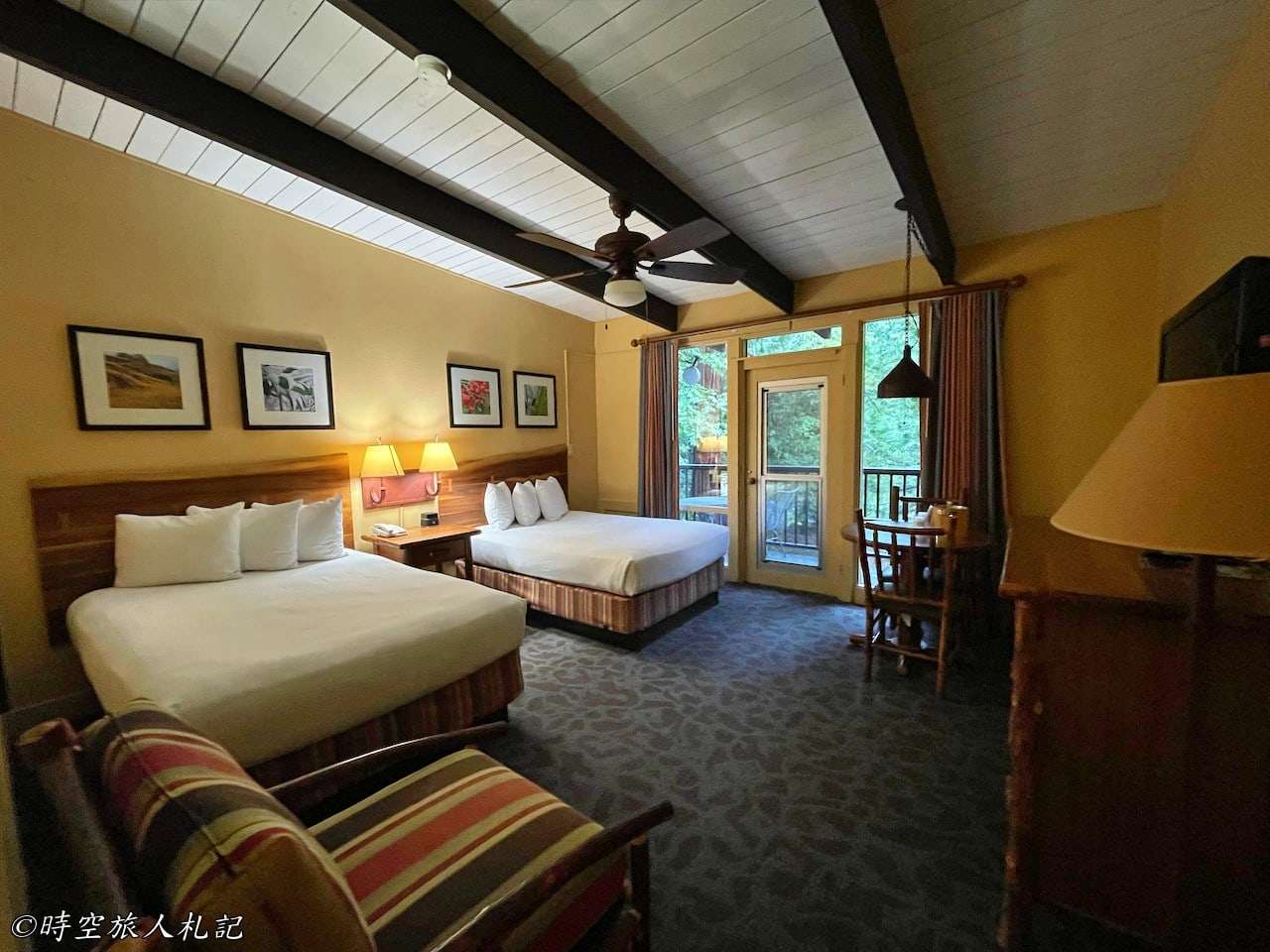
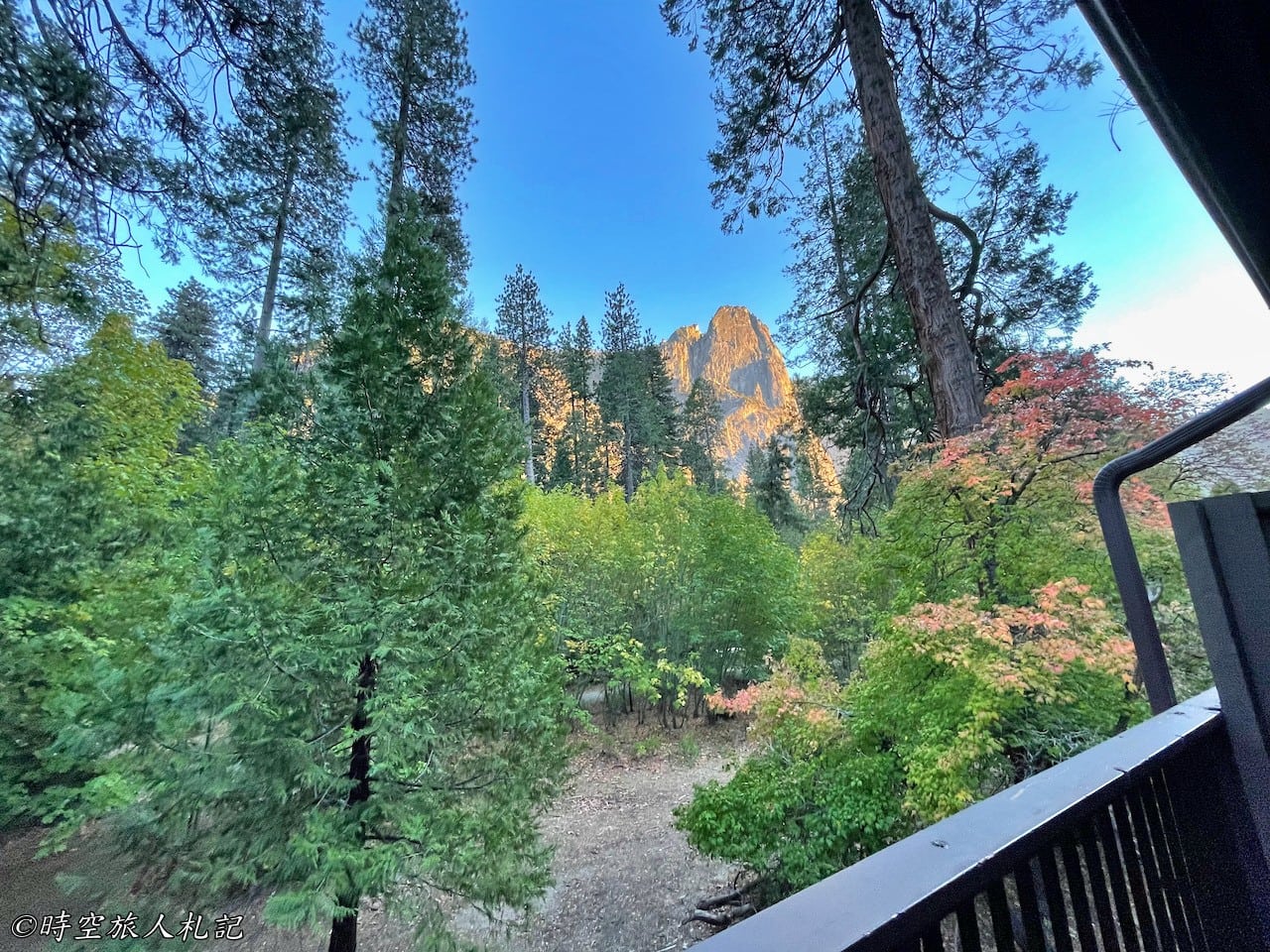
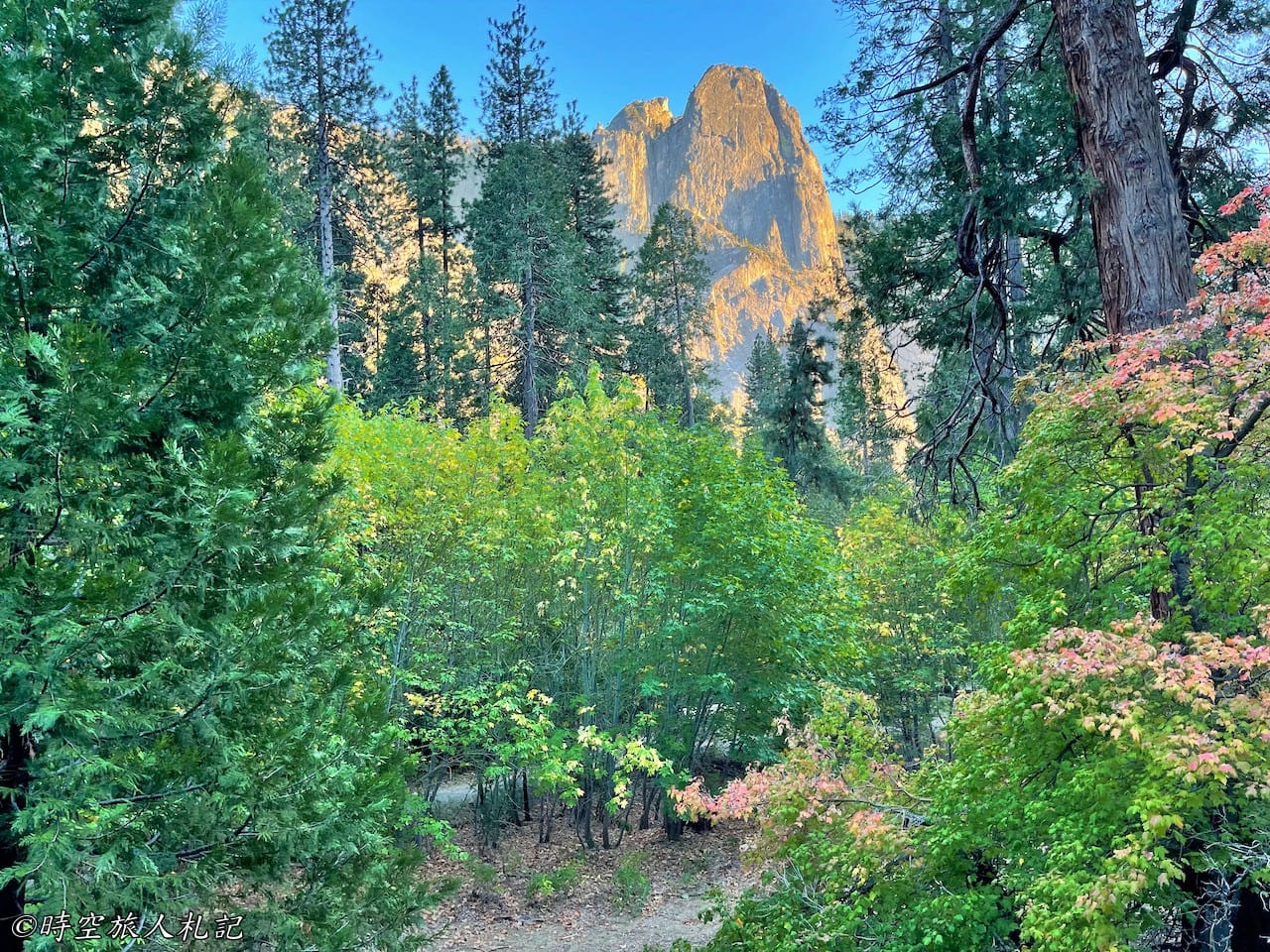

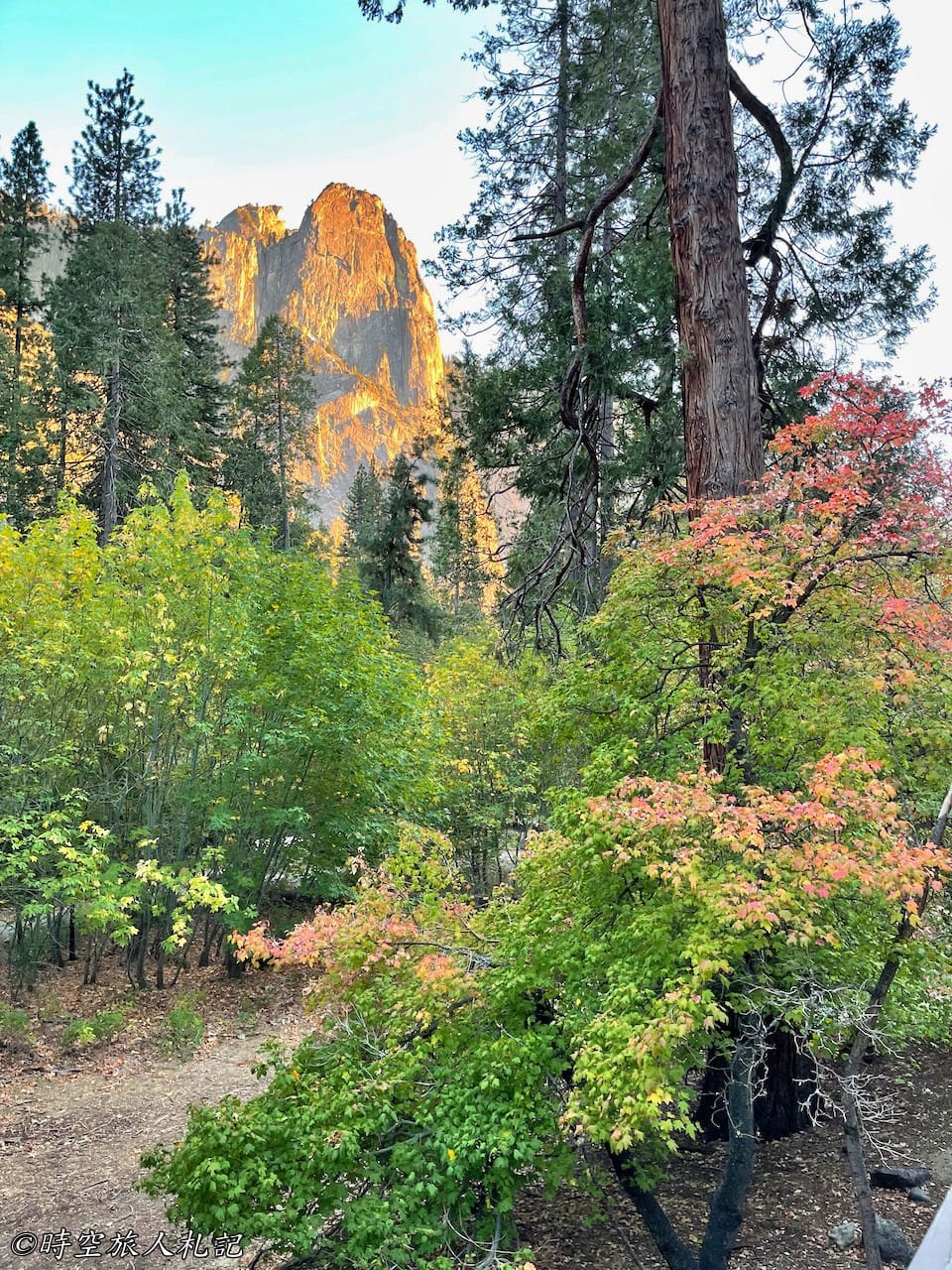
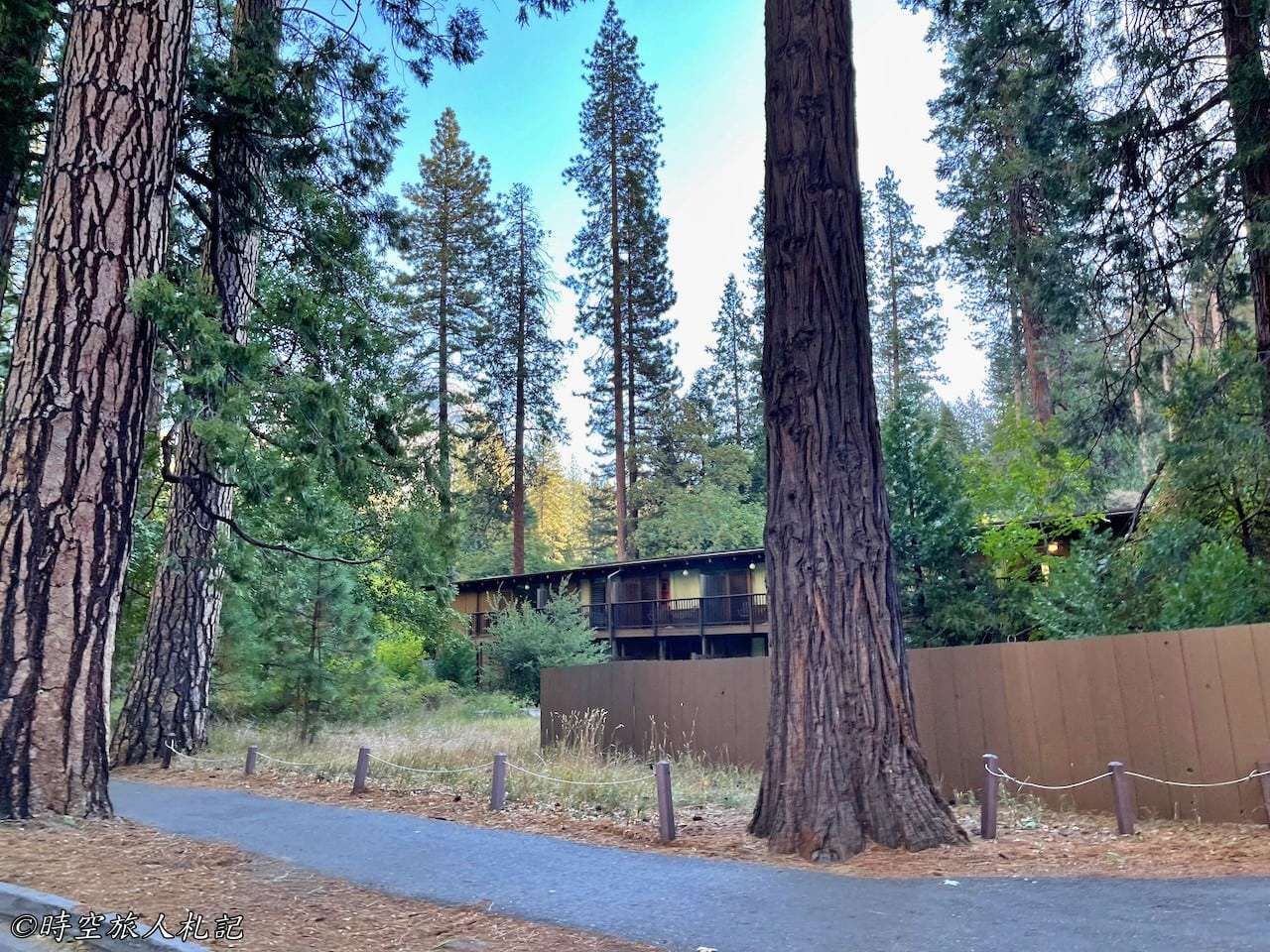
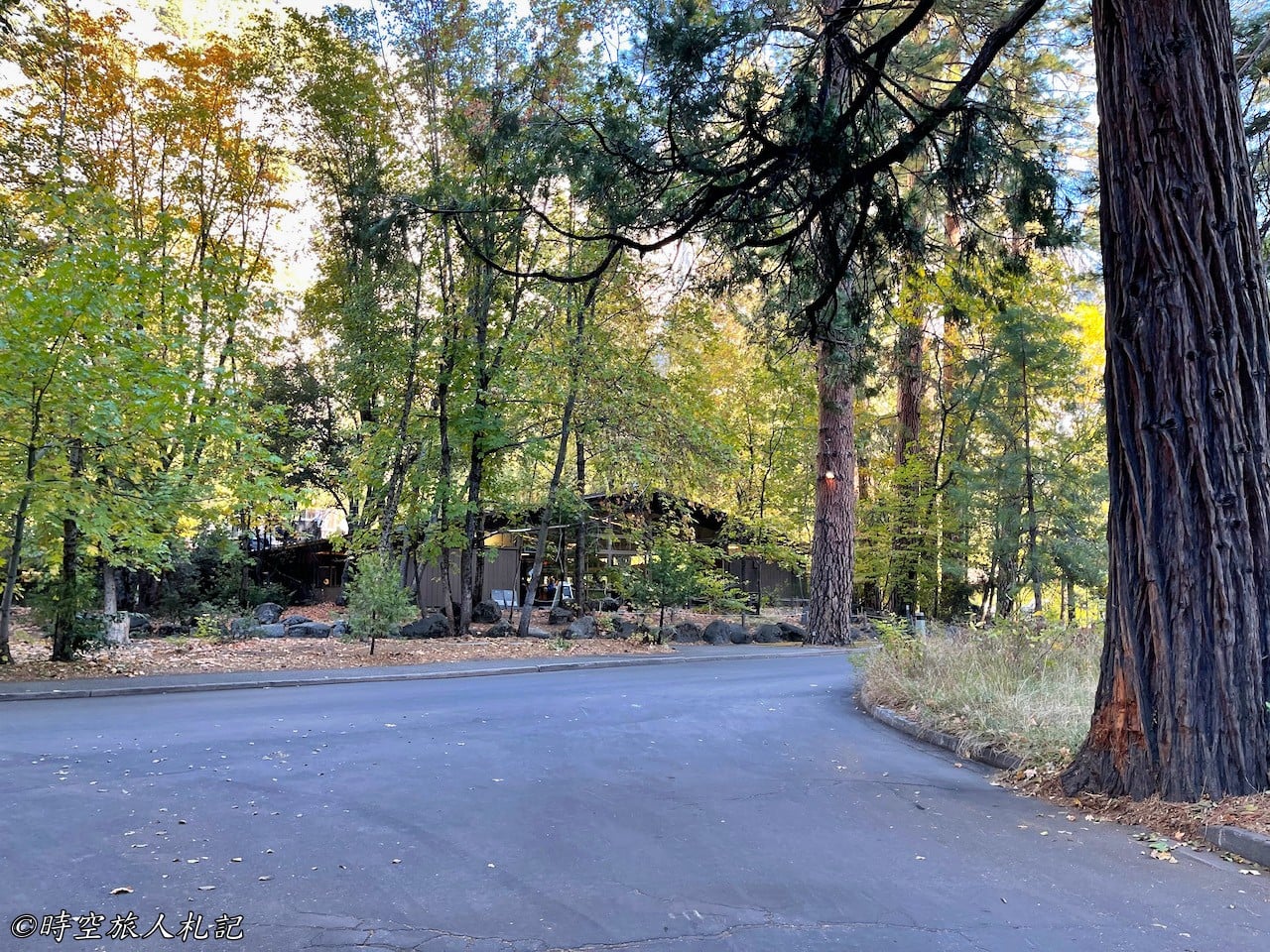
Curry Village
Curry Village offers convenient and affordable lodging options with beautiful surroundings. Accommodations range from cabins to tent cabins. Though the tent cabins share restrooms and have more basic facilities, they are very popular during the summer, offering a chance to fall asleep to the sounds of nature.
Recommended Accommodation: Compare prices for Curry Village?

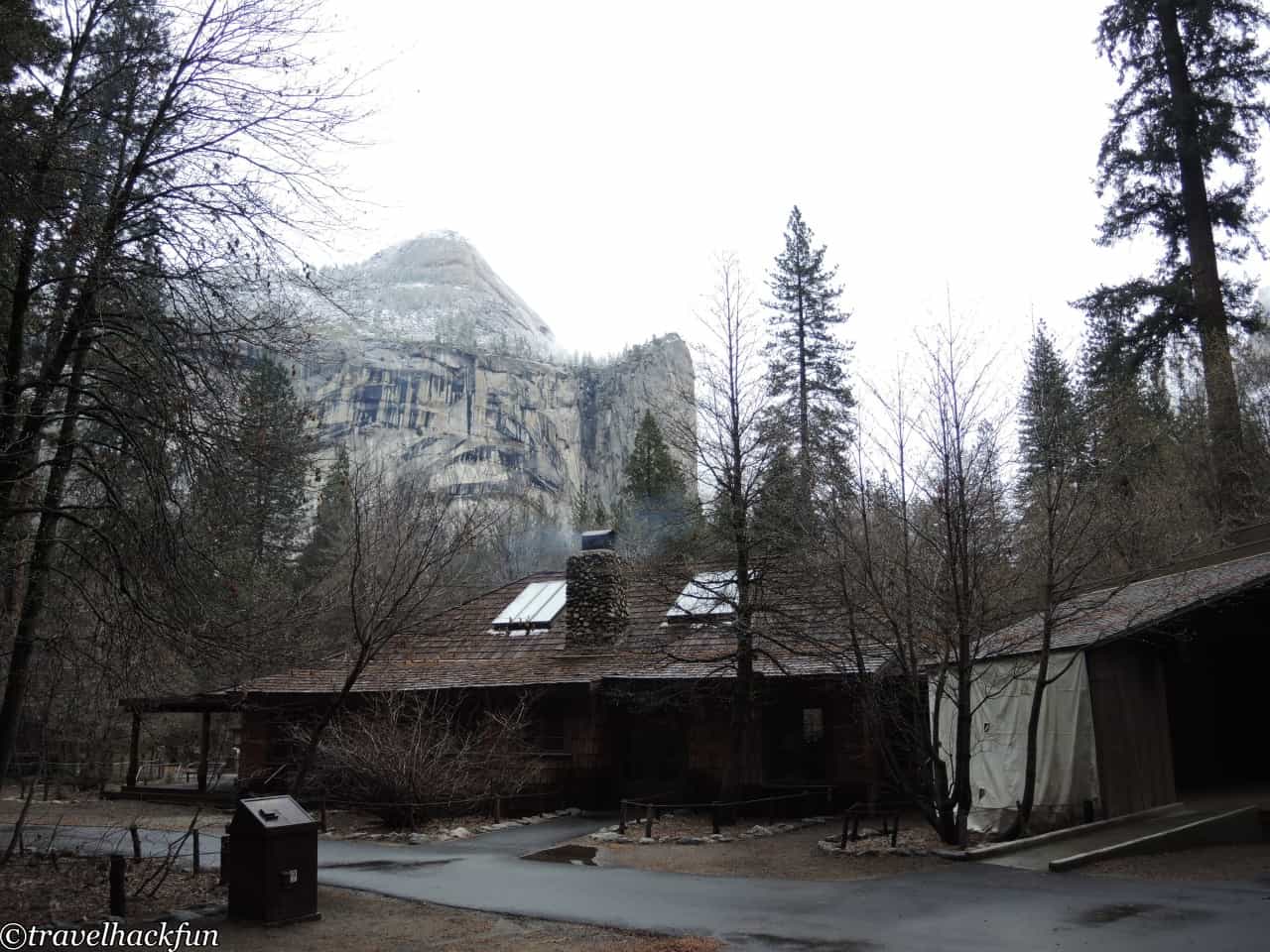

Off-Site Lodging
If accommodations within the park are fully booked or if you're looking to save on costs, there are plenty of options outside the park. You can find lodging in nearby towns like El Portal near the west entrance or Oakhurst near the south entrance.
Looking for a stay at Yosemite National Park?
Yosemite National Park | Attractions
Yosemite is divided into five main regions: Yosemite Valley, Glacier Point Road, Wawona and Mariposa Grove, Tioga Road and Tuolumne Meadows, and Hetch Hetchy. Most visitors frequent the first four areas.
Yosemite Valley
Yosemite Valley ( Yosemite Valley ) is the park’s most famous area, located in the heart of the park. It is the first destination for most visitors and the only part of the park that is open year-round. The valley is known for its stunning natural beauty, with massive granite formations carved by ancient glaciers, including the iconic El Capitan, Half Dome, and the tallest waterfall in North America, Yosemite Falls. The valley’s attractions are close together and easily accessible, making it ideal for a day trip or a multi-day visit. Trails like Mirror Lake Trail and Lower Yosemite Falls Trail are relatively easy, making them perfect for families or casual visitors.
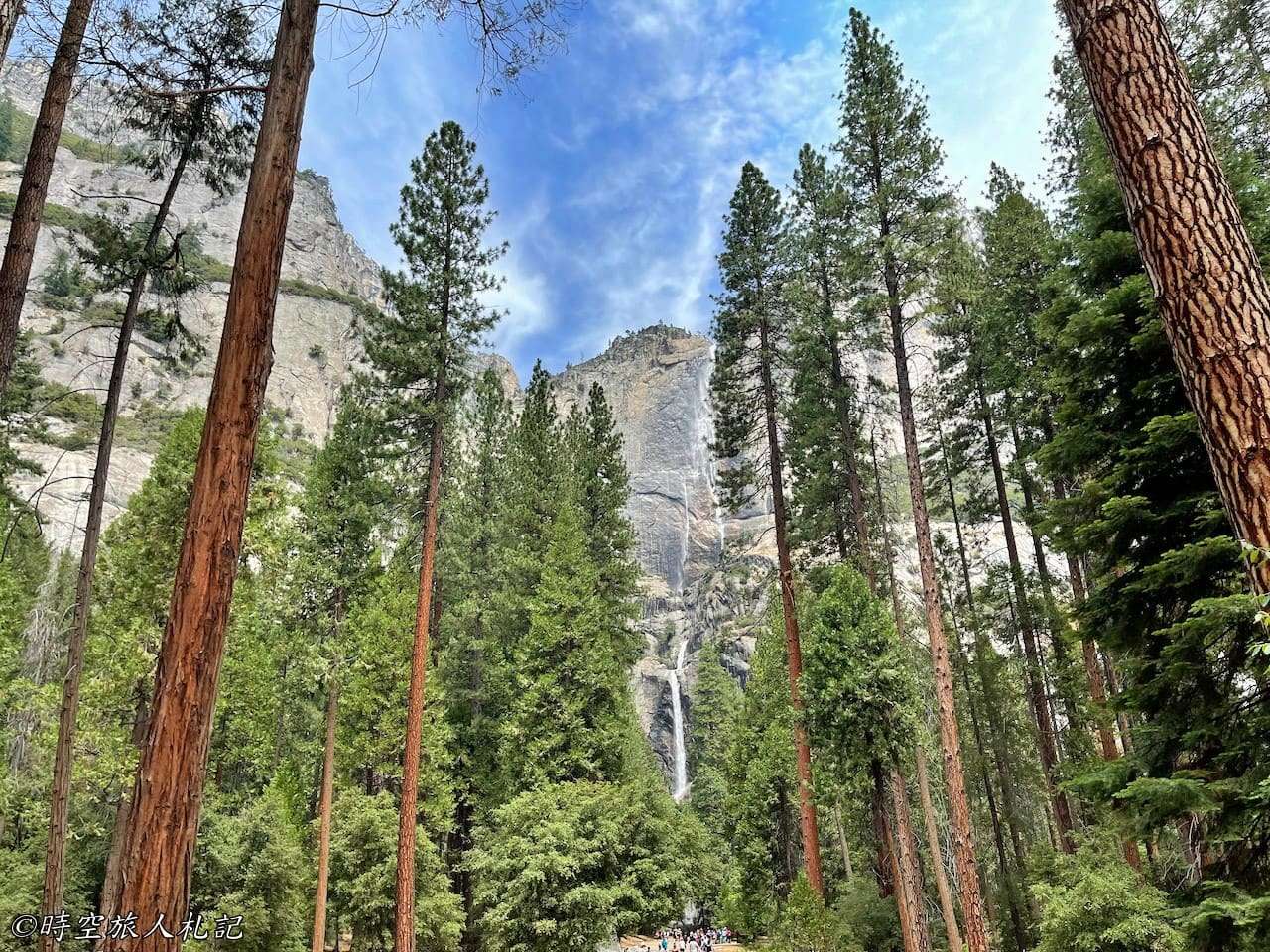
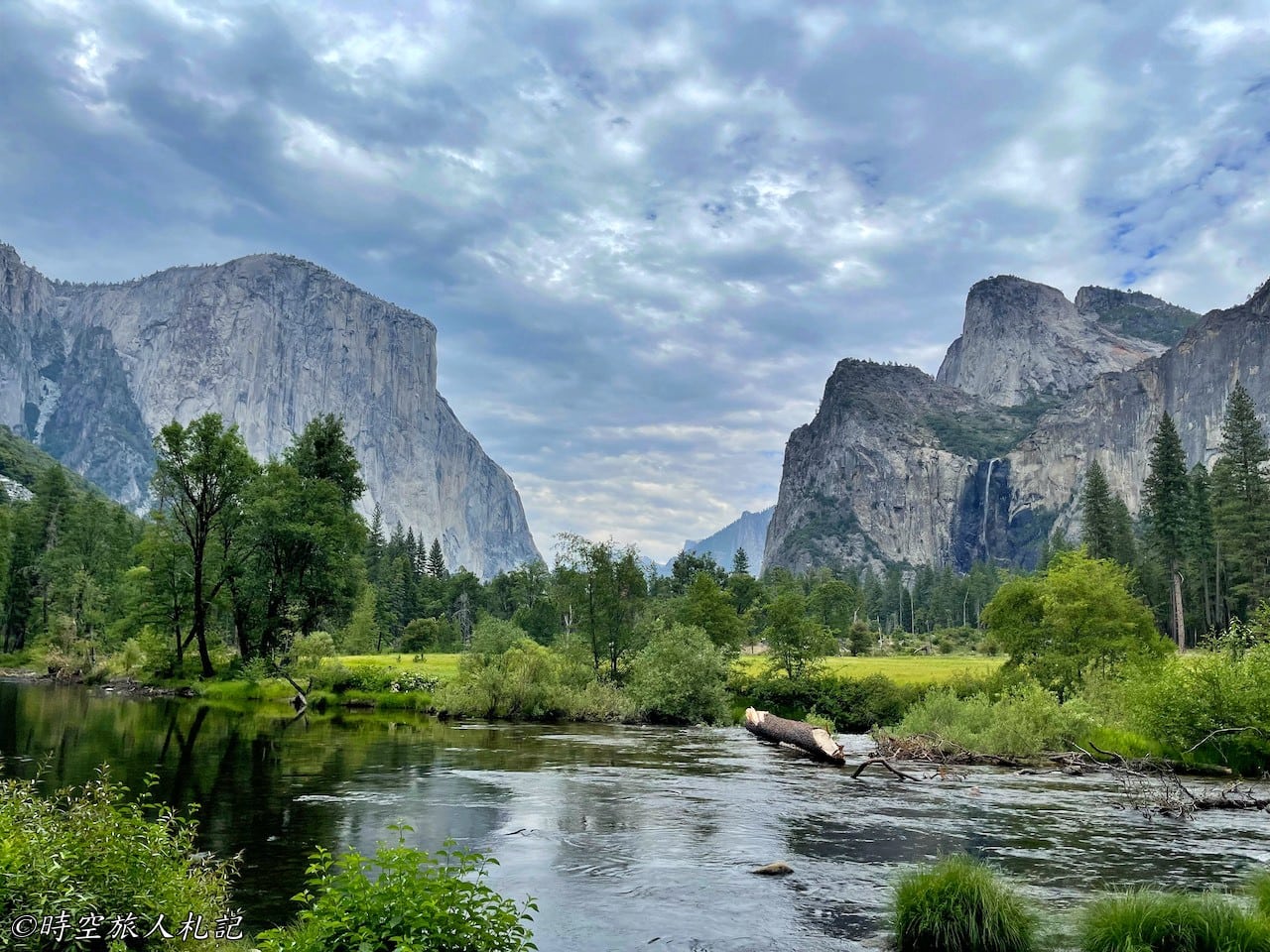

Glacier Point Road
Glacier Point ( Glacier Point ) is one of Yosemite’s most iconic viewpoints and is only open during the summer. Located at the southern end of Yosemite Valley, it offers some of the best panoramic views in the park, overlooking the entire Yosemite Valley and the distant Sierra Nevada mountains. It is accessible via Glacier Point Road, but this road is closed in winter due to snow.
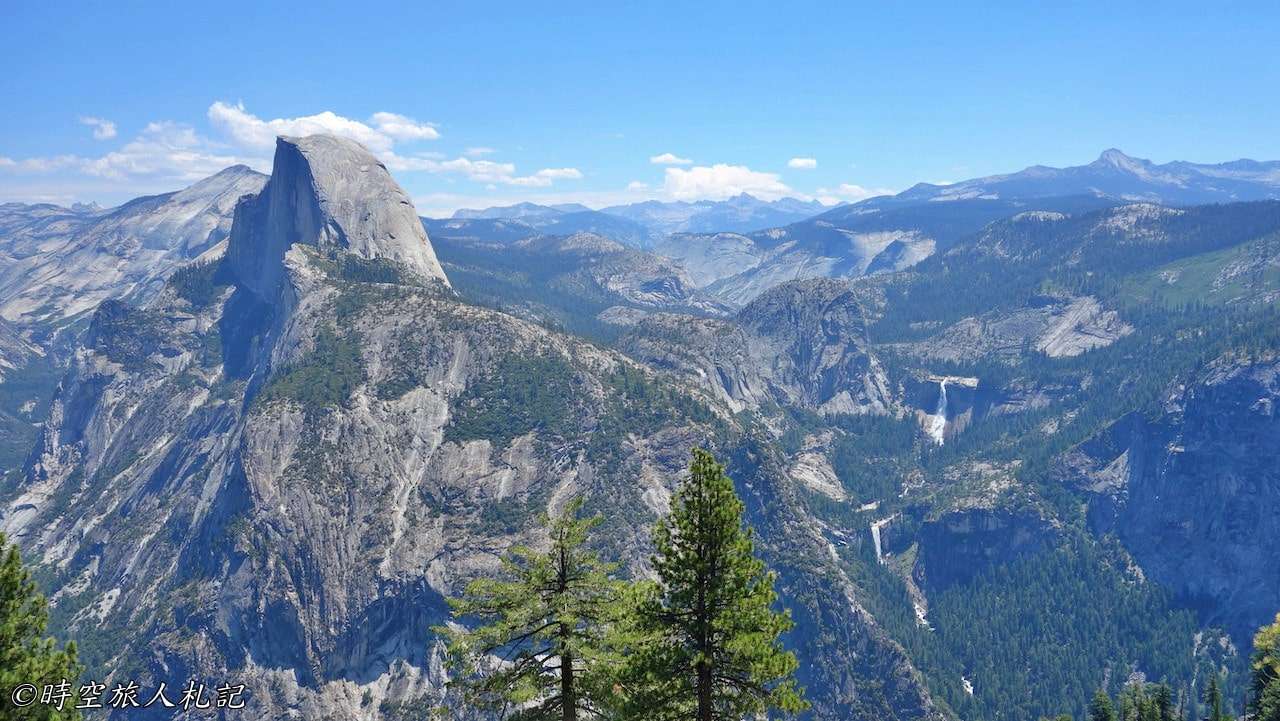
Tioga Pass
Tioga Road is a high mountain road in the northern part of the park, connecting the eastern and western sides of Yosemite. It passes by Tenaya Lake and Tuolumne Meadows, offering expansive views of alpine meadows and peaks, making it a great spot for hiking and camping. Tuolumne Meadows is surrounded by dramatic mountain peaks. This road is open only in the summer and is closed from November to May.
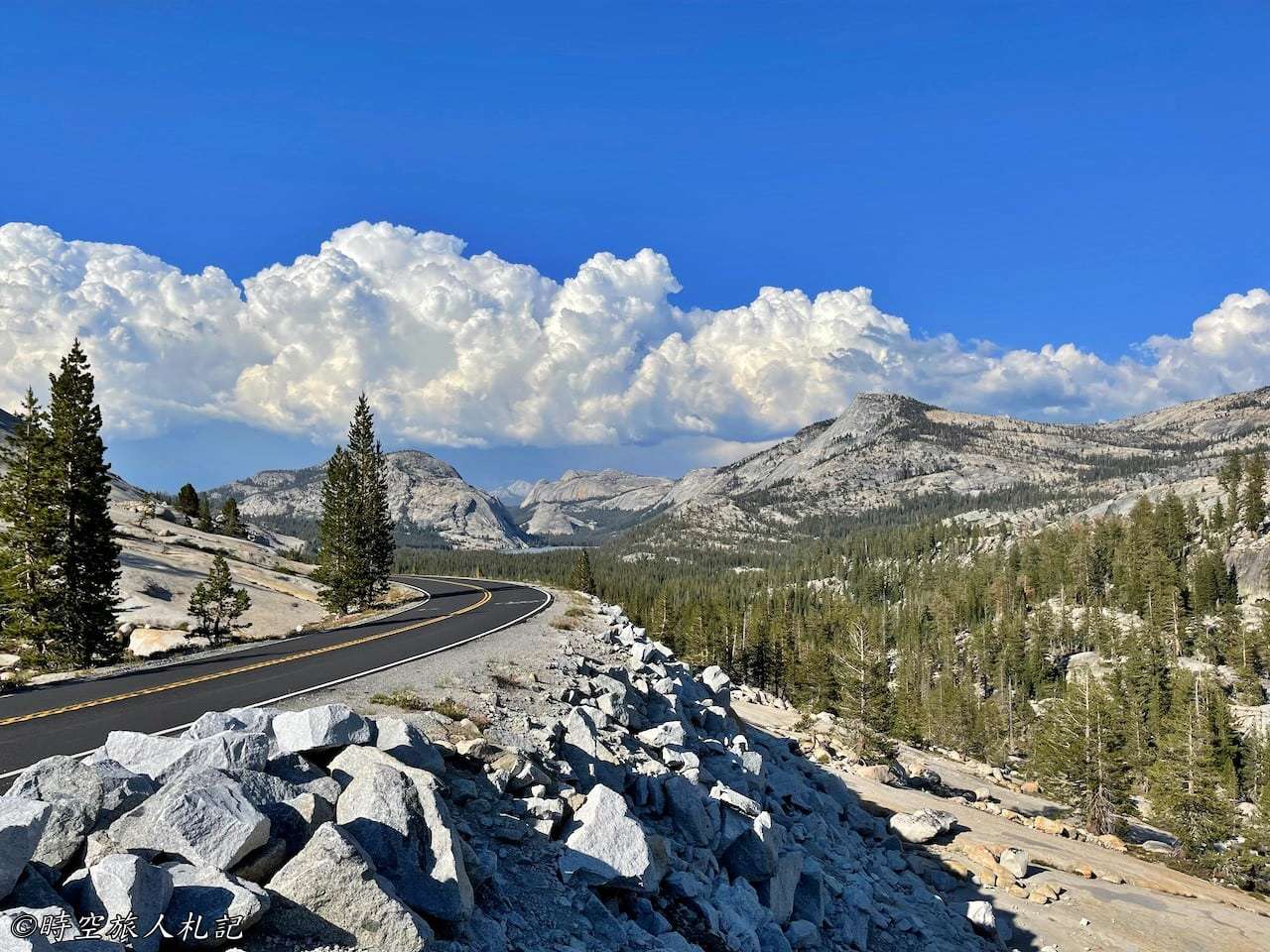
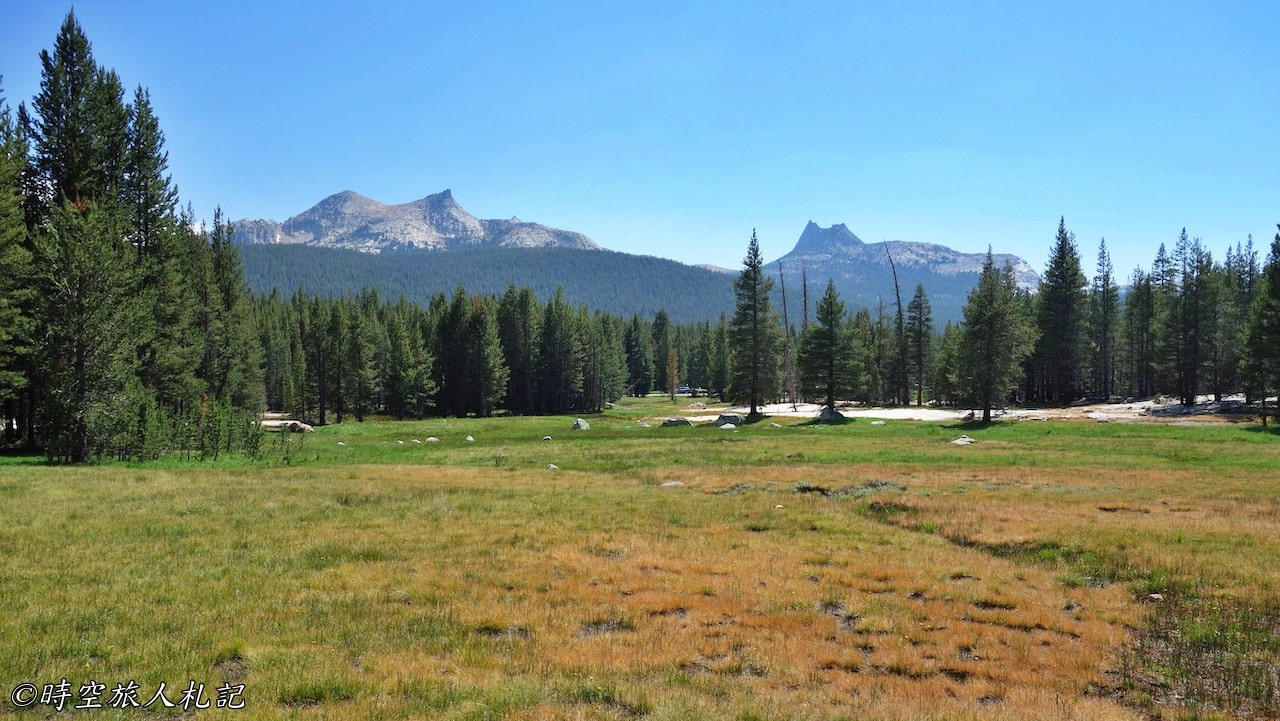
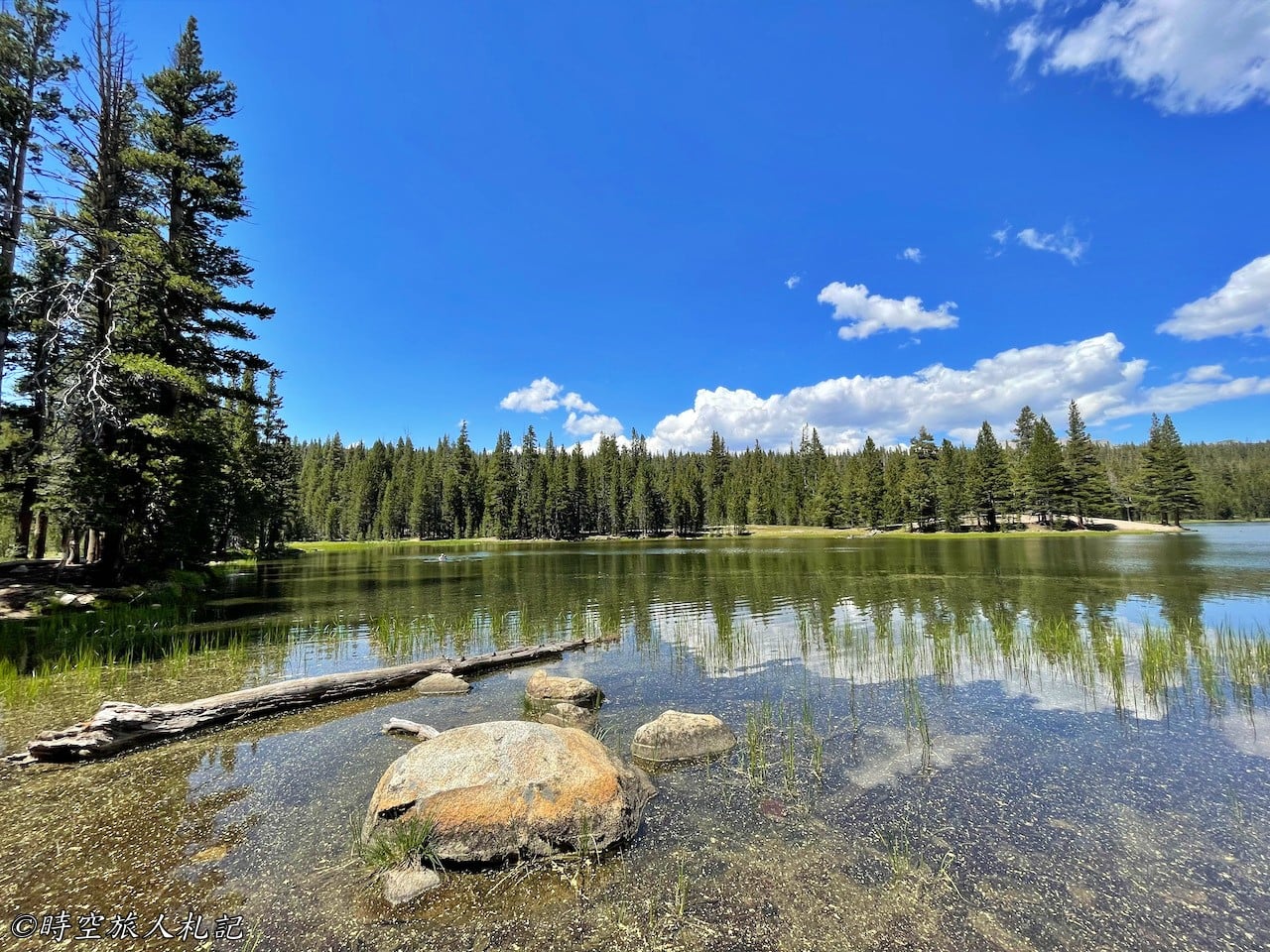
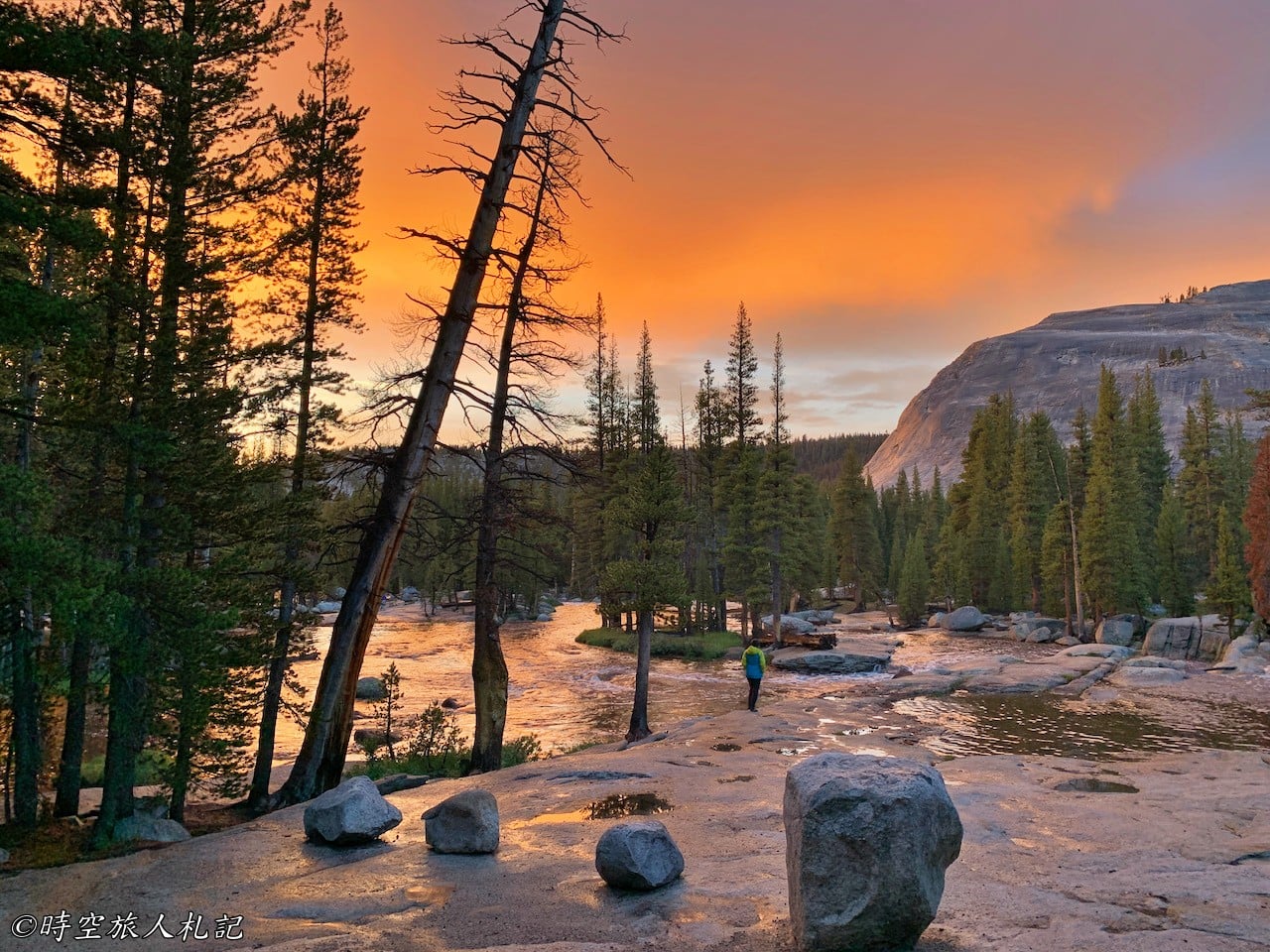
Wawona and Mariposa Grove
This area is located in the southern part of the park and includes the historic Wawona community and the large Mariposa Grove of giant sequoias. Mariposa Grove is one of California’s oldest and most impressive sequoia forests, with hundreds of massive trees. Shuttle buses are required to access Mariposa Grove.


Hetch Hetchy
Hetch Hetchy is a lesser-known part of Yosemite National Park, located in the northwest corner of the park, farther from the main attractions. If you’re looking for a quieter spot away from the crowds, Hetch Hetchy offers beautiful granite cliffs and lakes, similar to those in Yosemite Valley. It is often referred to as a "mini Yosemite Valley."
The main attraction is the O'Shaughnessy Dam, which created a reservoir that supplies water to San Francisco. Most of the area is accessible via hiking trails, including the scenic Wapama Falls Trail, which follows the lakeshore and offers views of impressive waterfalls, especially in the spring when snowmelt increases the flow.





☕ Enjoying my travel notes?
You can Buy me a coffee to support what I do 🙌
Further reading
- The Ultimate Yosemite National Park Guide: Must-See Attractions and Itinerary Planning
- Exploring Yosemite Valley: Must-See Spots for a One-Day Visit
- Exploring Tioga Road and Tuolumne Meadows: One-Day Adventure and Summer Camping in Yosemite National Park
- Yosemite’s Iconic Glacier Point: A One-Day Journey Along Glacier Point Road
- The Ahwahnee Experience: Dining and Lodging at Yosemite National Park
- Fall Colors Road Trip: Taking Highway 395 through June Lake and Mono Lake to Yosemite's East Side